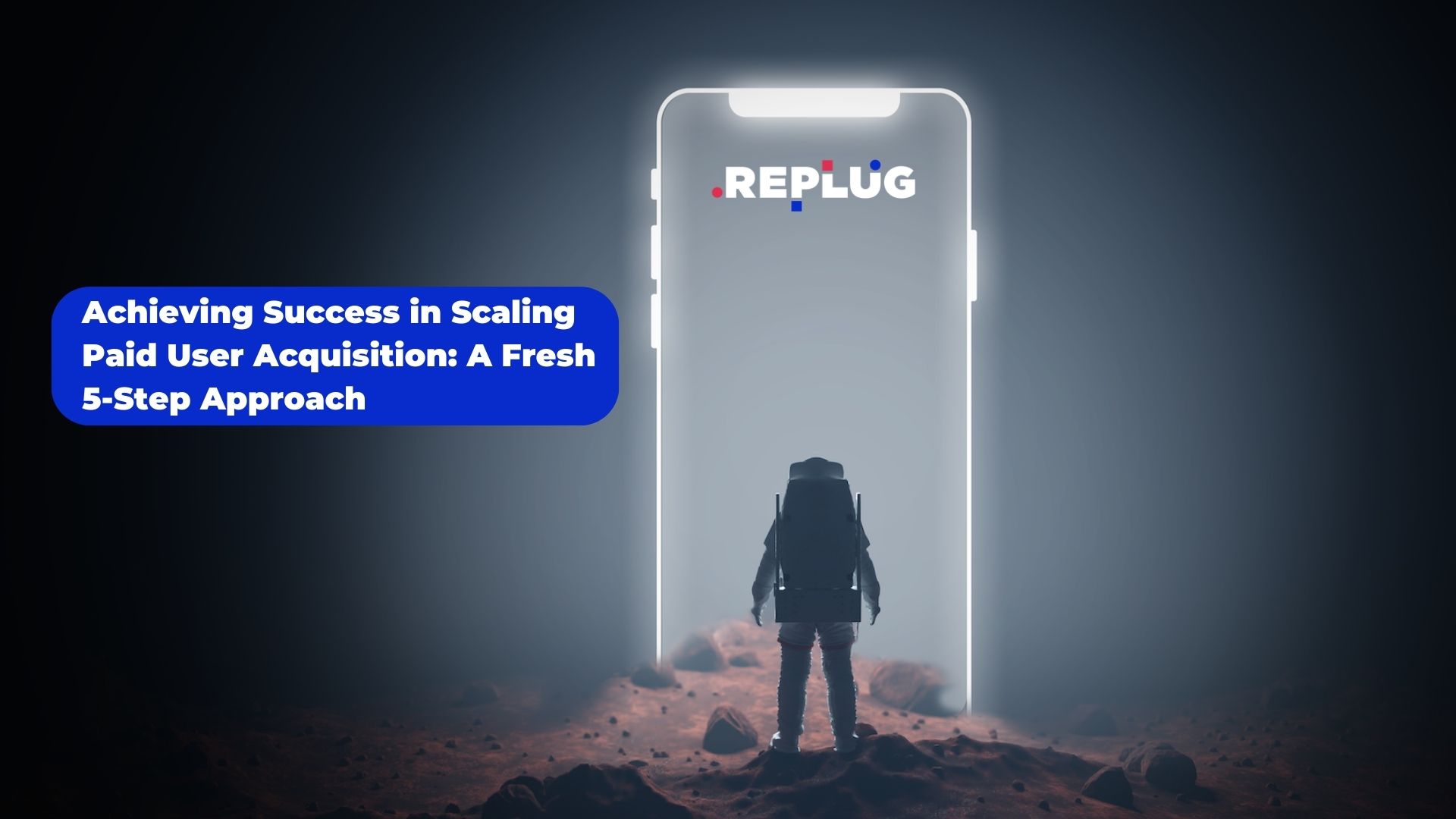The in-app opportunity for brands
- Thursday, June 21st, 2018
- Share this article:
Alon Golan, product manager, marketing at Fyber explains why, faced with a choice of in-app, desktop and mobile web, brands can’t see the wood for the trees.
 We’re living in exciting times in the tech industry. 20 years ago, mobile phones were for crackly calls, 120-character texts, and for many of us, playing Snake. Now, they’re changing the world. Both mobile web and app use is increasing in comparison with all other platforms.
We’re living in exciting times in the tech industry. 20 years ago, mobile phones were for crackly calls, 120-character texts, and for many of us, playing Snake. Now, they’re changing the world. Both mobile web and app use is increasing in comparison with all other platforms.
Advertisers have had mobile strategies for a while, but this has often meant merely transferring desktop campaigns to mobile web, completely ignoring mobile apps, which are the real jewel in the mobile crown. It’s something we’ve been saying at Fyber for some time, but little has changed. Whatever the reason, whether habit, a fear of change, or stagnation, it’s important we challenge the status quo and change our behaviour to truly make the most of mobile.
The numbers speak for themselves: average users spend considerably more time on in-app per day than they do on mobile web: three and a half hours compared to less than an hour for mobile web, according to eMarketer.
This means those who are open to the promise of the mobile space, but focus on mobile web, are throwing a whole lot of precious ad spend in the wrong direction. There’s a range of reasons why apps have become so important, not least that mobile video and gaming – some of the most important uses for apps – are booming. In the future, they’re likely to become even bigger with the onset of connected TV and the IoT. So if you’re seeing ‘mobile’ as synonymous with the mobile web environment, you’re missing the point.
Data, IDs and cookies
One of the most fundamental differences between mobile web and in-app is how and where these environments source data. The infamous ‘cookie’ – a small file installed on a device which stores client and website data – has become standard. Apps don’t use cookies, and advertisers have subsequently been trying to find ways to ‘translate’ what they know – cookies and web targeting – into in-app identifiers.
This is a case of forcing a square peg into a round hole. It’s always best to go native, and apps work best with user and device IDs – indeed these are becoming some of the most persistent identifiers nowadays. The irony is that app advertising IDs are actually significantly more reliable than cookies, and allow much more enhanced tailoring, yet advertisers shy away from them as ‘unfamiliar’. What’s more, the permissions around them are a lot clearer, meaning they have not suffered the extensive negative press that cookies have received of late: Apple’s IDFA (Identifier For Apps) and Google’s GAID (Google Advertising ID), for example, have been mostly unharmed. This makes it a lot clearer for both tech companies, who can be sure they have the relevant permissions, as well as for consumers, who can be safe in the knowledge their data isn’t going anywhere it shouldn’t be.
Viewability, transparency, and brand safety
There’s been a whole lot of bad press around viewability, transparency, and brand safety in recent months. They’re omnipresent problems in ad tech, and in-app is no exception. But the specifics of the problem – and the solutions required to beat them – are different. Fundamentally, the app environment is considerably safer than browser-based environments such as desktop and mobile web. Problems usually take the form of things like bots, hidden banners and app-bundle spoofing (this is where apps misrepresent themselves by sending fake bundled IDs).
These can be combatted with state-of-the-art algorithms which detect and cut off fraudsters, as well as prevention in the form of pre-bid verification filters, ensuring your partners use these too. There’s also the added benefit that all apps are accessed via Apple or Google stores – both of which take a strong position in vetting for quality and safety. As for viewability issues, the fight is well and truly on in the in-app space. Measurement solutions have conventionally been desktop-based, but high quality measurement capabilities are arriving to in-app environments, the pinnacle of which is the IAB’s Open Measurement SDK.
Connections with third-party tech vendors
The industry has been seized by a programmatic mania over the past couple of years, and whilst the initial response was primarily desktop-based, programmatic has made its way to in-app – and with consumers spending so much time in-app, it’s crucial to understand the differences between an app and a web-page based environment.
While apps can still integrate via API or a tag, the most common method is the implementation of an SDK or software development kit (a line of code embedded in the app’s code). Different SDKs can give app developers a plethora of functionalities, such as the ability to render certain ads, viewability measurement (as mentioned above), mediation, and others. As they exist separately to the app but are embedded in it, app developers can control and monitor these SDKs in real time, updating them when necessary without having to go in and rebuild a whole new app.
That said, app developers are mindful of making their app too heavy with code, meaning they are picky about which, and how many, SDKs they integrate with. This means that while there are benefits to the SDK being directly on the client (e.g. on the app itself vs. on a server), mobile apps often require a different approach to scale than web-based environments.
Moving forward
The verdict is clear: there’s a whole world of difference between in-app and browser environments, and focusing simply on mobile web in one’s mobile strategy leads to false conclusions, as well as the neglect of an enormous section of consumers. Rather than just focusing on the fact that people spend more time on their phones than before, it’s important that we work on gaining a full understanding of the app world. Then we can make sure that advertising is always on trend with consumers, and not just playing catch-up.















